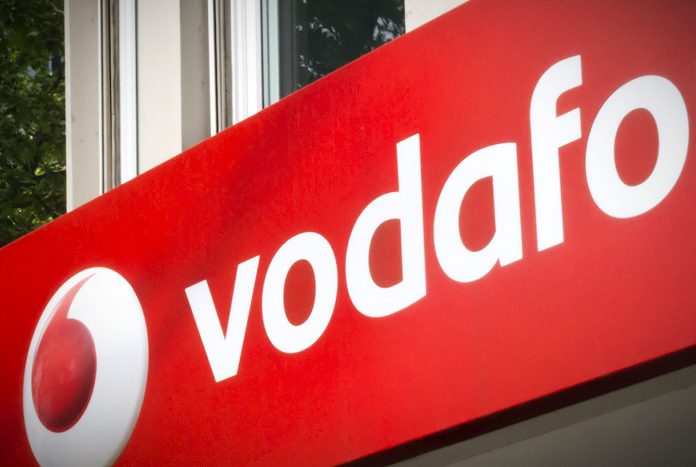Vodafone added 24 million IoT SIM connections in the 12 months to September 30. Its total connections count stood at 136 million at the end of the period, at the end of the second half of the 2021/22 financial year, up from 112 million a year ago. Further breakdown of the figures, to reveal the percentage of total and new IoT connections on its low-power wide-area (LPWA) NB-IoT and LTE-M networks, has not been offered by the UK-based firm.
It is betting on European Covid-19 recovery projects, supported by the region’s blockbuster €750 billion Recovery Fund, to drive new business through 2022, in the smart cities, smart healthcare, and smart sustainability fields.
But Vodafone said its IoT business, across 21 operating countries, generates €0.9 billion annual revenue with “double-digit revenue growth and a strong double-digit return” on capital employed (ROCE). It suggested the total addressable IoT market is worth €10 billion, and will grow at a rate of 16 percent per annum in the next years. Vodafone has been notable among operators for the force of its NB-IoT activity, in particular.
The company is rolling out LTE-M networks, as well, as part of a two-pronged cellular LPWA strategy. It claims the ink is drying on the very first ‘massive’-scale NB-IoT opportunities (TBC), and has issued press statements about a number of metering and monitoring projects, notably in the UK. Its NB-IoT base is thought to be higher than 100 million connections, already, in line with stats from Chinese telcos from six-to-12 months ago.
But it remains tight-lipped about how much of its existing IoT base is on legacy M2M, and wide-band LTE networks, and how much of its new IoT growth, and total IoT share, is now with new cellular IoT technologies.
But its IoT count is a line item, practically, in its latest results, which reported strong performance for the period and higher guidance for the year. Income climbed five percent to €22.5 billion; adjusted earnings were 6.5 percent higher, at €7.5 billion. Operating profit was higher in the period, it said, but for a €1 billion gain from the merger of Vodafone Hutchison into TPG Telecom in Australia in 2020 – which forced it down by 22 percent on paper to €2.6 billion.
At home, in the UK, revenues spiralled upwards by six percent to €3.16 billion compared with the year-ago period. In Germany, the group’s biggest market, contributing 38.2 percent of its total adjusted EBITDA in the period, revenue finished at €6.45 billion, up by 1.2 percent. Vodafone provided a break-out figure for IoT in Germany, with 3.4 million IoT connections added during the six months, with “strong demand from the automotive sector”.
Vodafone Business, its enterprise arm, which incorporates its private LTE / 5G and enterprise IoT activities, and targets both large multinational corporations and regional small and mid-sized firms (SMEs), contributed a quarter (27 percent) of service revenue in the period. Its target enterprise markets will grow by eight percent per annum, it said. The group’s invigorated guidance for the year hinges, partly, on the EU’s €750 billion Recovery Fund.
This NextGenerationEU funding includes the Recovery & Resilience facility, which combines €360 billion of loans and €312.5 billion of grants for European Union member states. Of these grants, around 70 percent will be allocated to countries in which Vodafone operates, and 70 percent will be committed by the end of 2022. At least 20 percent of the total funding is earmarked to support the European Commission’s digital transformation agenda.
Vodafone said it has “mobilised a dedicated cross-functional team” of product specialists, business development execs, and regulatory affairs professionals, with a view to secure EU-funded business in five sectors: smart cities, smart healthcare, smart education, plus digitalisation of SMEs, and digitally-geared climate initiatives. “We are tracking the progress of funding applications and approvals at the project level,” the company said.
It added: “We have an attractive and relevant suite of products and services designed to access funding opportunities available and further detailed information on the opportunity and our progress will be outlined in a dedicated virtual investor briefing in 2022.”

